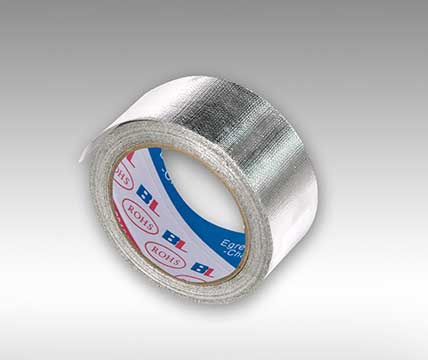A solenoid valve furnace consists of three key parts
Solenoid coil: This coil, when energized with electricity, creates a magnetic field.
Plunger: This metal core sits inside the coil and moves up and down when influenced by the magnetic field.
Valve seat: This opening controls the flow of gas. It's connected to the plunger and opens or closes depending on its position.
The Magic of Magnetism
When you turn on your thermostat and demand heat, the control board sends an electrical current to the solenoid coil. This current energizes the coil, generating a magnetic field. The magnetic field, in turn, pulls the plunger upwards, lifting it away from the valve seat. This opens the valve, allowing gas to flow freely through the system and ignite the burner, ultimately warming your home.
When the Heat Fades
Once the desired temperature is reached, the thermostat sends a signal to the control board, cutting off the power to the solenoid coil. The magnetic field disappears, and the plunger, under the influence of a spring or gravity, returns to its original position, closing the HVAC liquid line solenoid valve and stopping the flow of gas.
Beyond Furnaces
Solenoid valve in HVAC aren't limited to just furnaces. They play a vital role in various HVAC systems, including:
Air conditioners: HVAC solenoid controls the flow of refrigerant for cooling.
Humidifiers: They regulate the flow of water for humidity control.
Irrigation systems: Solenoid HVAC controls the flow of water to sprinklers.

 English
English 한국어
한국어 français
français Deutsch
Deutsch Español
Español русский
русский العربية
العربية tiếng việt
tiếng việt Türkçe
Türkçe ไทย
ไทย Indonesia
Indonesia












